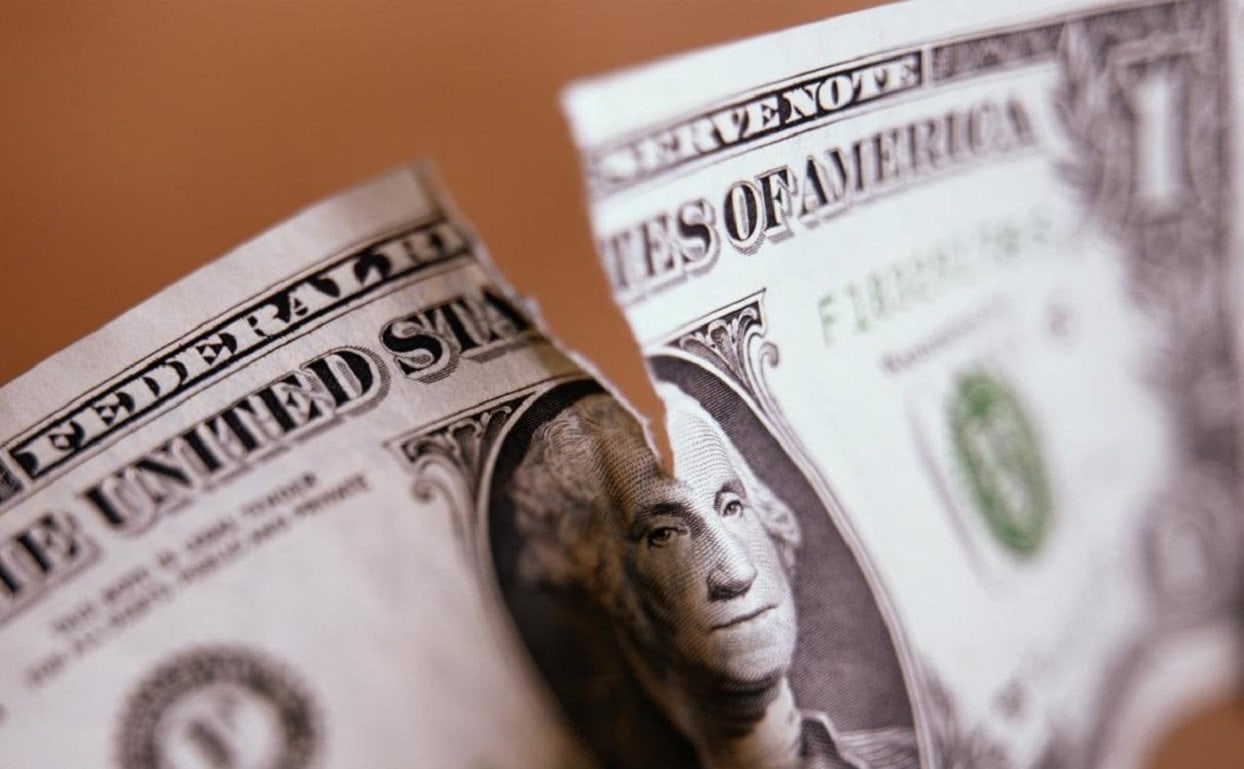As we start 2023, the key question for both for the U.S. and world economies is whether we should believe the Federal Reserve’s relatively rosy economic forecast.
Today, the Fed is asking us to believe that sticking to its policy of keeping interest rates high to regain control over inflation will deliver a soft economic landing. In the Fed’s view, inflation will come down towards its 2 percent inflation target by yearend without precipitating an economic recession and without the need for a rise in unemployment to more than 4 ½ percent.
The Fed is also asking us to believe that by now reducing the size of its balance sheet at the unprecedentedly rapid pace of $95 billion a month, it will gently deflate the equity, housing, and credit market bubbles that it created by years of very easy monetary policy.
Before believing the Fed’s optimistic scenario, it is well to recall how wide of the mark the Fed’s economic forecast was last year. At the start of last year, the Fed confidently predicted that inflation would remain close to the Fed’s 2 percent inflation target and that there was no need to raise interest rates from their ultra-low levels. The Fed also saw little danger that its program of continuing to buy $120 billion a month would create excesses in the equity and housing markets.
In the event, the Fed landed up with egg on its face and a loss of market credibility. Far from keeping inflation contained, inflation surged to a multi-decade high of 9 percent by mid-2022. At the same time, far from avoiding asset price bubbles, equity valuations remained stretched and housing prices continued to increase at an annual pace of some 20 percent until the Fed started its interest rate hiking cycle last year.
One good reason to be skeptical about the Fed’s soft-landing scenario for 2023 is that seldom before have interest rates been raised at as fast a pace as they were last year. Instead of raising interest rates by the more normal 25 basis point steps in a tightening cycle, last year the Fed raised interest rates on four occasions in unusually large 75 basis point steps.
That has already caused recessionary conditions in the housing market. Given the usual lags with which monetary policy operates, it must also be expected to lead to more generalized economic weakness next year. As if to underline this point, the Fed’s monetary policy aggressiveness has led to a marked inversion of the yield curve where short-dated government bond yields exceed long-dated government bond yields. In the postwar period, such an inversion has been the most reliable predictor of an impending recession.
A further reason to be doubtful of the Fed’s soft-landing scenario is that the Fed is likely to challenge over-stretched financial markets by confronting them with the unwelcome combination of high interest rates and recessionary conditions while at the same time withdrawing liquidity at a very rapid rate. The Fed is doing so by insisting on sticking to its interest rate hiking cycle until it sees the clearest of signs of lower inflation. It is also doing so by its commitment to continue reducing the size of its balance sheet despite declining equity and housing prices.
The Fed’s offering of high interest rates and recessionary conditions is particularly risky at a time when the world is drowning in debt. According to the IMF, at 250 percent of GDP today’s world’s debt level is some 20 percent higher than it was in 2008. It also has to be of concern that we know that China, Italy, and emerging market countries all have credit problems. Those problems could be tipped into full-blown crises in a world of high interest rates and declining output.
One has to hope that the Fed’s past poor forecasting record will make it more alert to changing economic circumstances than it has been in the past. Maybe then, it will be early to pivot to an easier monetary policy at the first signs of credit market troubles and spare us an unnecessarily hard U.S. and world economic landing.
More: Can a Coup Takedown Putin for Good?
More: Is Donald Trump Going Crazy?
More: Could Mike Pence Beat Donald Trump in 2024?
More: NATO vs. Russia – What World War III Would Look Like
Desmond Lachman is a senior fellow at the American Enterprise Institute. He was a deputy director in the International Monetary Fund’s Policy Development and Review Department and the chief emerging market economic strategist at Salomon Smith Barney.

